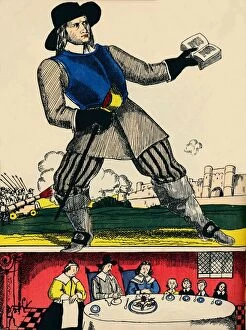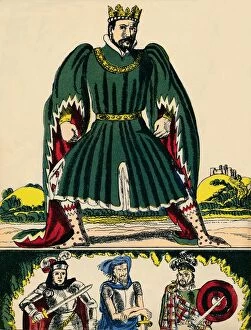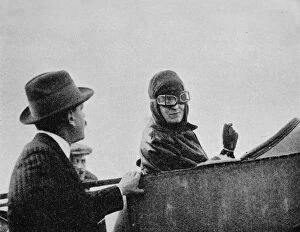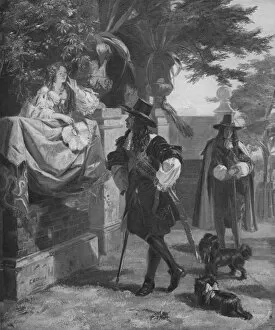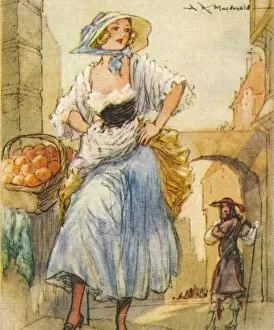Eleanor Collection (page 4)
"Eleanor: A Name of Power, Grace, and Legacy" From the iconic Shelby Mustang GT500E Eleanor to the historical figures who bore this name
All Professionally Made to Order for Quick Shipping
"Eleanor: A Name of Power, Grace, and Legacy" From the iconic Shelby Mustang GT500E Eleanor to the historical figures who bore this name, it has left an indelible mark throughout history. The first association that comes to mind is undoubtedly the legendary Shelby Mustang GT500E Eleanor. With its sleek design and roaring engine, this car embodies power and speed. But let us not forget about the remarkable women who shared this name. Eleanor Aquitaine/Hargra was a formidable queen known for her intelligence and influence during medieval times. Another prominent figure is Eleanor Roosevelt, an American humanitarian and Chairman of UN Human Rights. Her tireless efforts in advocating for human rights continue to inspire generations. In contrast to these modern heroines stands Eleanor of Castile, a medieval queen whose beauty captivated hearts across Europe. She played a significant role in shaping history through her marriage alliances. Moving forward in time, we encounter another influential woman named (Anna) Eleanor Roosevelt. Born in 1884, she became a voice for social justice and equality as First Lady of the United States. Even centuries ago, there were notable Eleanors like "Nell" Gwyn from 1650s England - an actress turned mistress who captured hearts with her charm on stage and off. Beyond individuals bearing this name lies another captivating story – that on Crusades. Her bravery amidst tumultuous times serves as a reminder of resilience even in adversity. And let's not overlook Countess Strathmore or King George VI himself featured on an ILN cover during his visit to America – both connected by their connection to someone named Eleanor. Whether it be cars or queens or inspiring women fighting for justice or captivating mistresses gracing stages long ago - each mention brings forth unique tales associated with the name "Eleanor. " It represents strength, elegance, influence; leaving behind legacies that endure through time itself.














